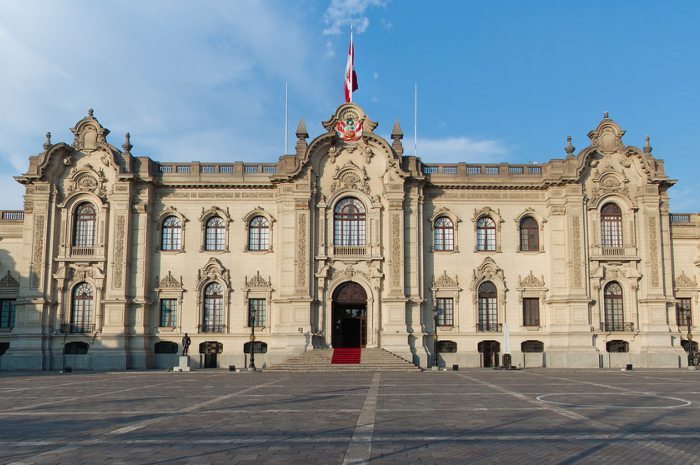New Abortion Guidelines in Peru a Victory for Women and Girls, But More Work Ahead
Peru has finally issued national guidelines recognizing that women in the country have the right to therapeutic abortion, and outlining the Peruvian government's responsibility to secure this access. It is heartening to see such tireless work pay off, but the work isn't over.

In 2007, a 13-year-old Peruvian girl became pregnant as the result of being repeatedly raped by a man in her Lima neighborhood. Scared, ashamed, and desperate, she flung herself off a neighbor’s roof. Doctors examining the girl after the incident concluded that her spine needed to be realigned immediately, but they refused to operate because she was pregnant, despite the fact that therapeutic abortion—defined in Article 119 of the Peruvian penal code as the interruption of a pregnancy to save the life of the pregnant woman or to avoid serious and permanent damage to her health—had been legal in Peru since 1924. The young woman, known by her initials L.C., is a quadriplegic today.
Sadly, such stories are becoming more and more familiar to those of us who follow women’s health and rights issues around the world. When a woman or girl is denied access to abortion, she frequently suffers devastating consequences.
These cases are not just tragic; they are indefensible. Peru has more reported cases of rape and sexual violence than any other country in South America. Eight in ten of these victims are minors. No woman should be turned away from the care she needs, especially when she is raped or faces a pregnancy that threatens her life and her physical, mental, or social health.
Recently, the Peruvian government took a big step forward for L.C. and those like her. After 90 years of having the law on the books, Peru has finally issued national guidelines recognizing that women in in the country have the right to therapeutic abortion, and outlining the Peruvian government’s responsibility to secure this access.
This historic win comes after nearly a decade of pressure from many nongovernmental organizations and advocates, including PROMSEX, a leading Peruvian advocacy organization supported by Planned Parenthood Global. In 2009, the Center for Reproductive Rights and PROMSEX jointly brought L.C.’s case before the United Nations Committee on the Elimination of Discrimination Against Women (CEDAW), challenging the government’s lack of accountability regarding the provision of legal, therapeutic abortion. CEDAW agreed, declaring that Peru had violated the human rights of L.C. by failing to ensure her access to safe and legal abortion services, and called for reform. Specifically, the committee declared that Peru must amend its law to allow women to obtain an abortion in cases of rape and sexual assault; establish a mechanism to ensure the availability of those abortion services; and guarantee access to abortion services when a woman’s life or health is in danger—circumstances under which abortion has been legal in Peru since 1924.
In addition to bringing the case before the UN, PROMSEX, with support from Planned Parenthood Global, has been working for years in Peru with medical professionals to develop their capacities and knowledge regarding sexual and reproductive health, and to ensure that the personal beliefs of individual health professionals do not impede women’s effective access to reproductive health-care services, including abortion and post-abortion care.
It is heartening to see such tireless work pay off, and for L.C. and the women of Peru to see a measure of justice. The new guidelines are a big step forward. They create an undeniable basis for expanding access to abortion services for Peruvian women. They provide clarity for both women and health-care providers, and get at the importance of taking on a broad interpretation of the right to health in the future, which would have greatly improved L.C.’s outcome.
Despite these gains, much work remains for advocates. The new guidelines include some unnecessary barriers to accessing safe abortion, such as requiring a review by a committee of three physicians. They also fail to address ongoing issues relating to confidentiality. Currently, Peruvian law dictates that health-care providers must report women for the alleged crime of abortion if they suspect one has been attempted. This policy leaves women afraid of going to health facilities, and consequently increases maternal injury and death—especially among poor women. Still, the guidelines show good faith and demonstrate the government’s ongoing commitment to ensure access to abortion and further women’s rights.
Advocates in Peru, across Latin America, and around the world will continue to work toward improved health outcomes for women and girls. The L.C.s of the world have been denied for too long. With this small victory in Peru in hand, we will together march forward to see justice realized for all women and girls.
